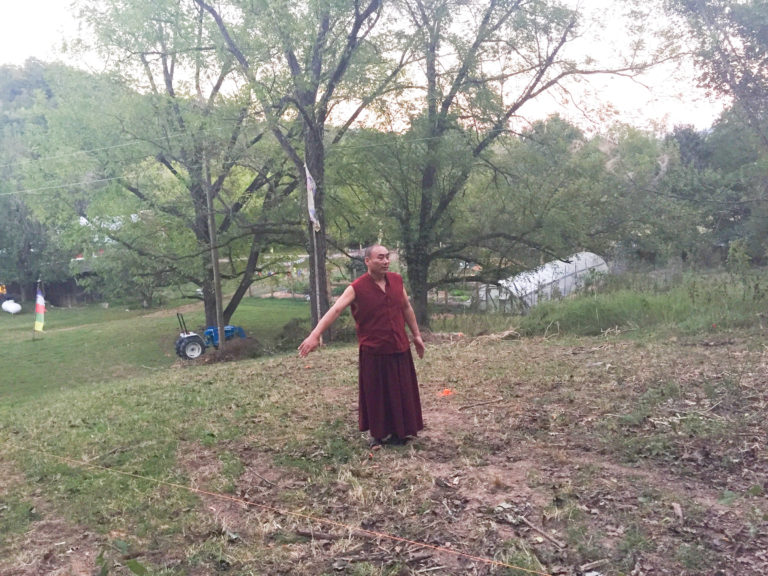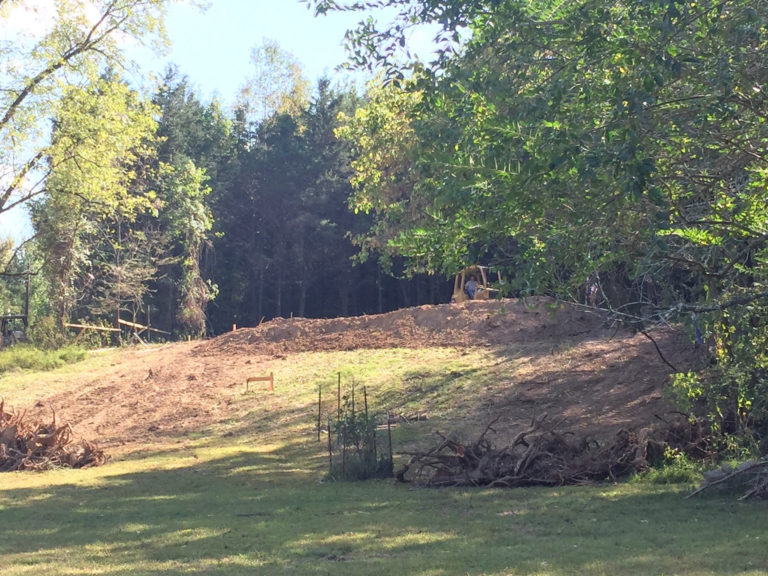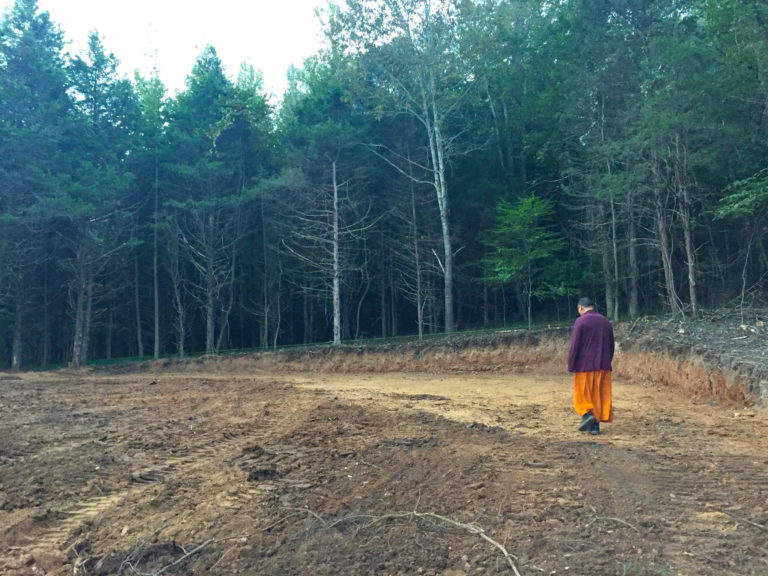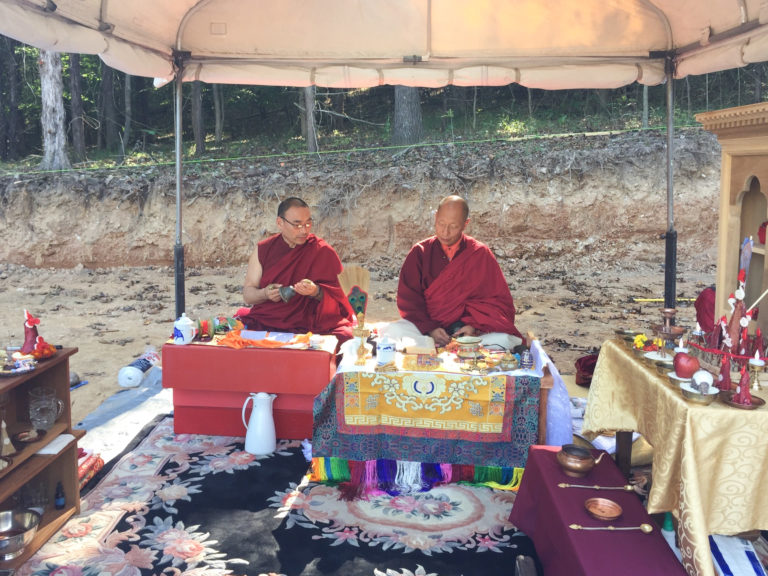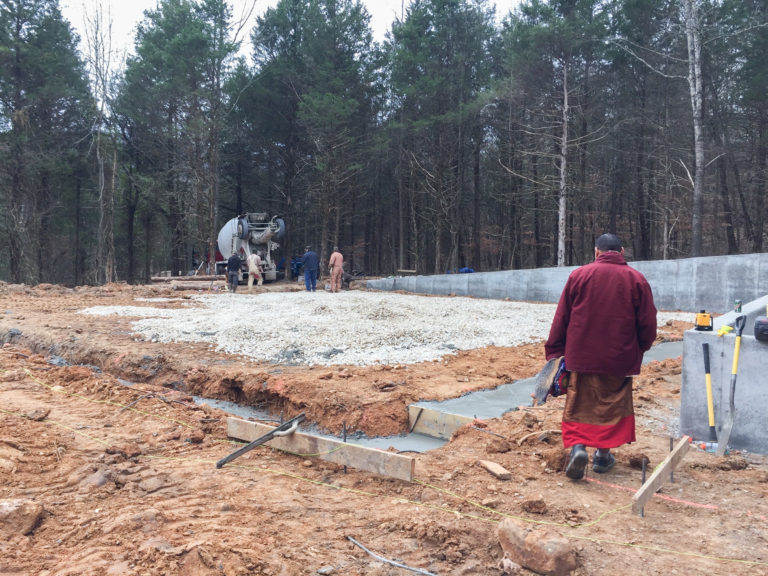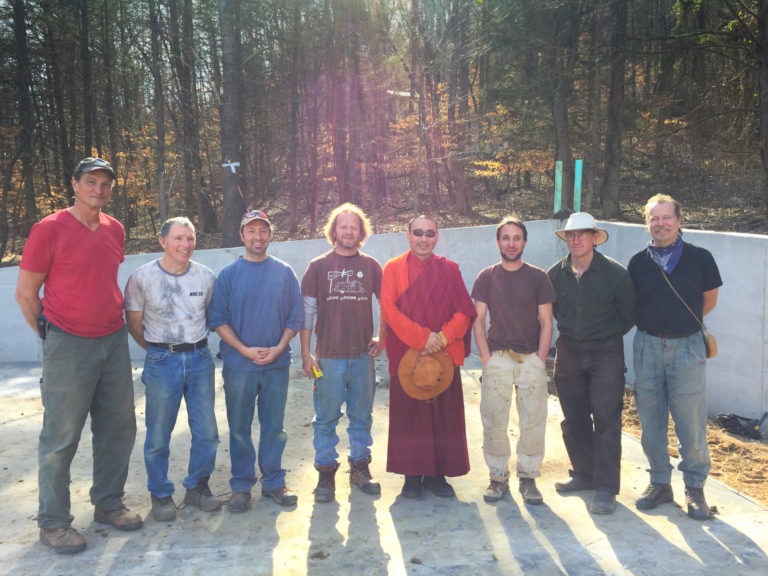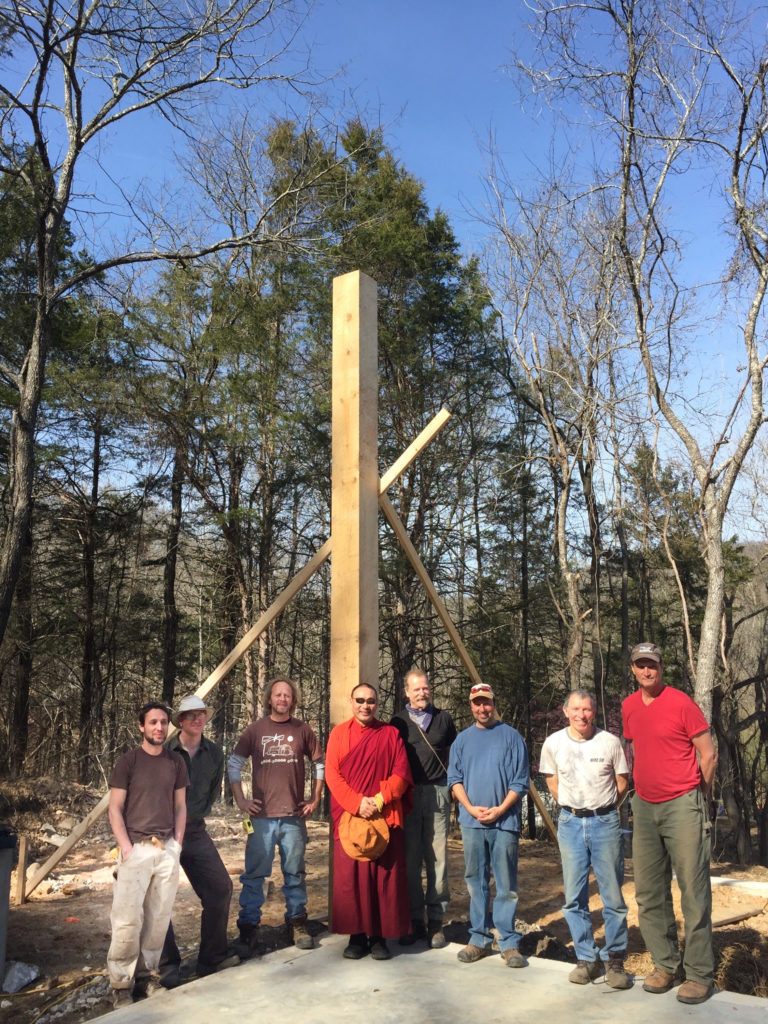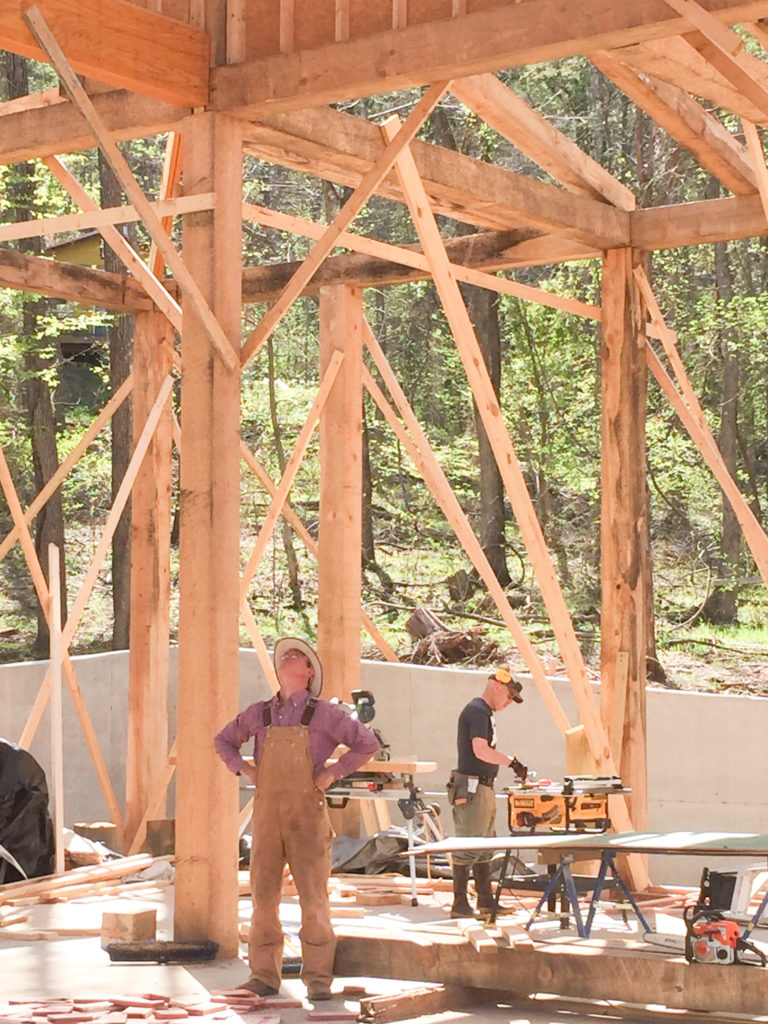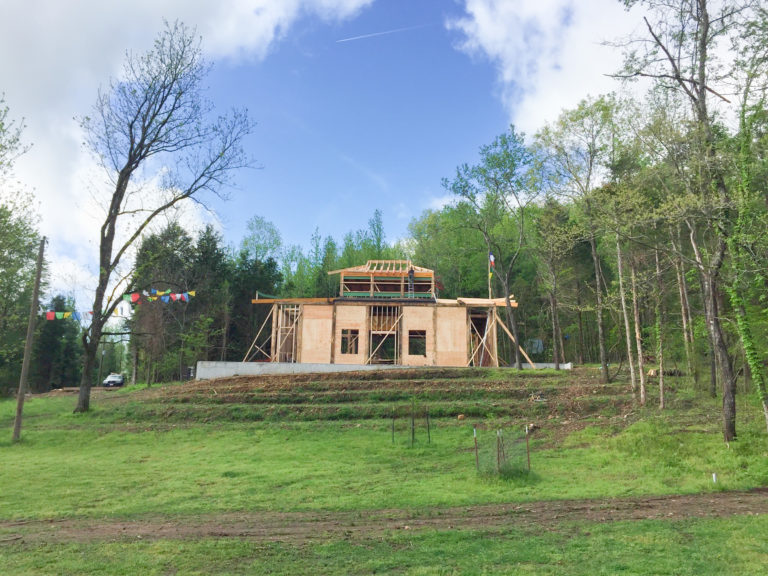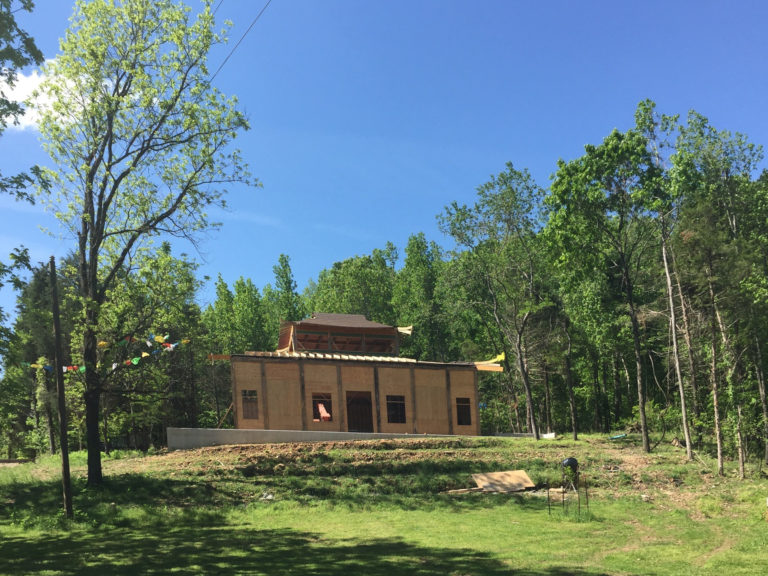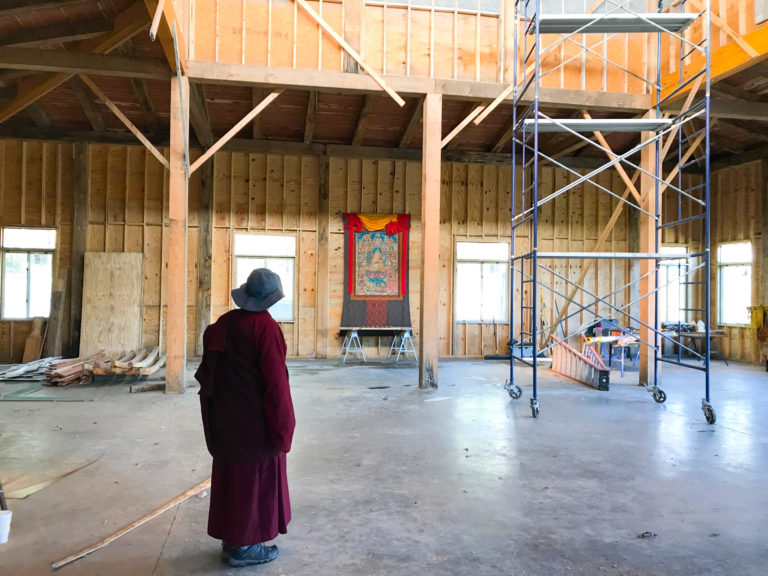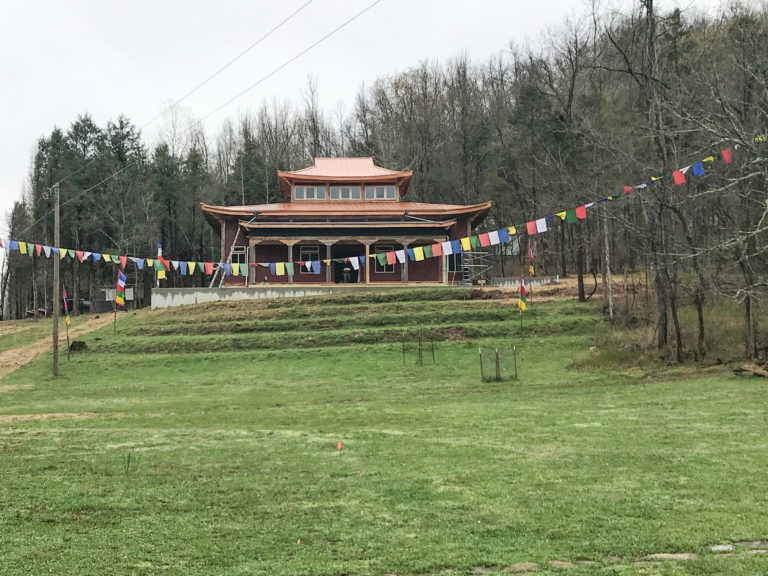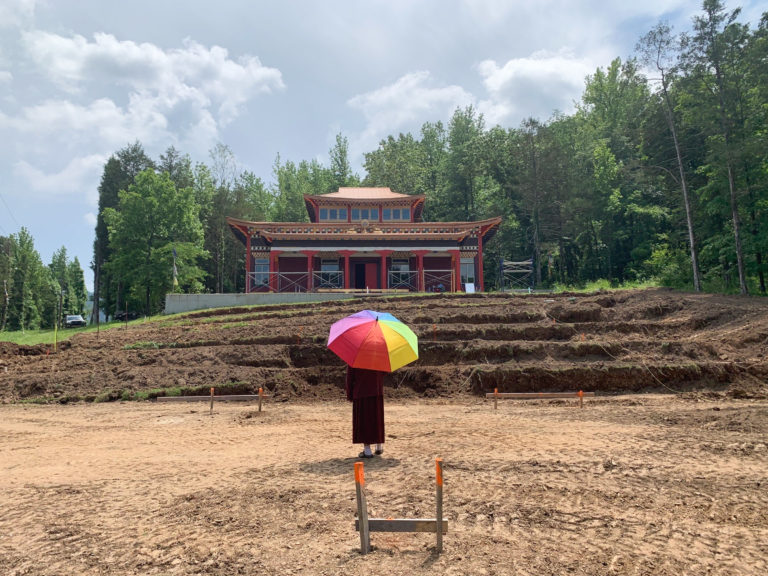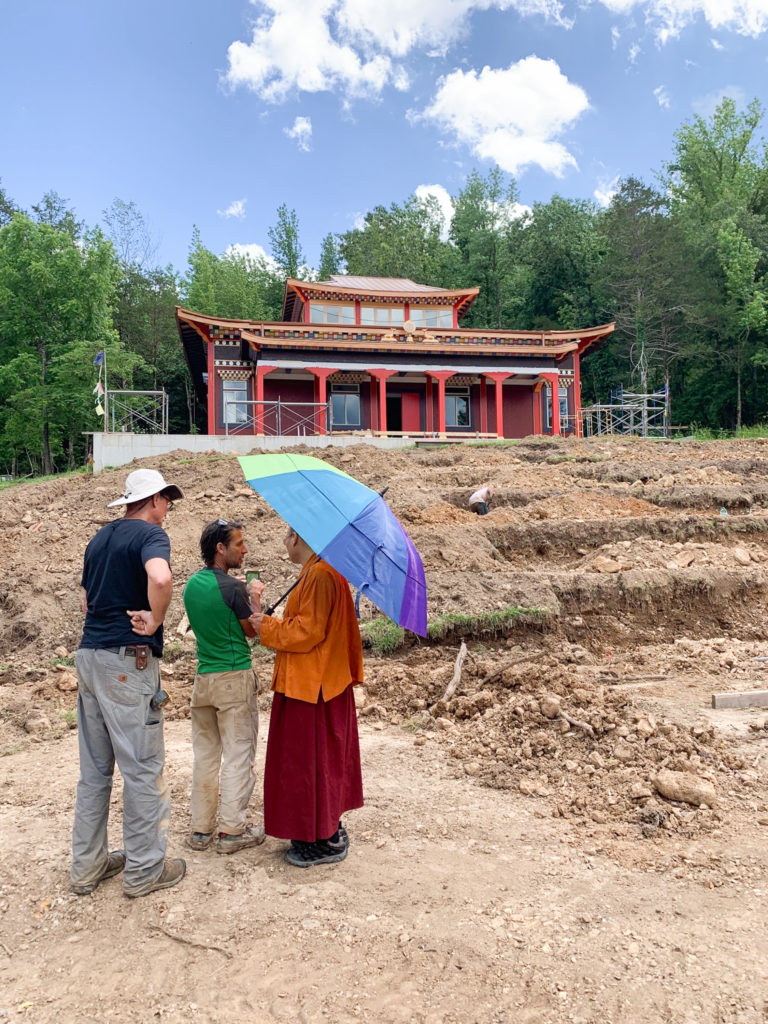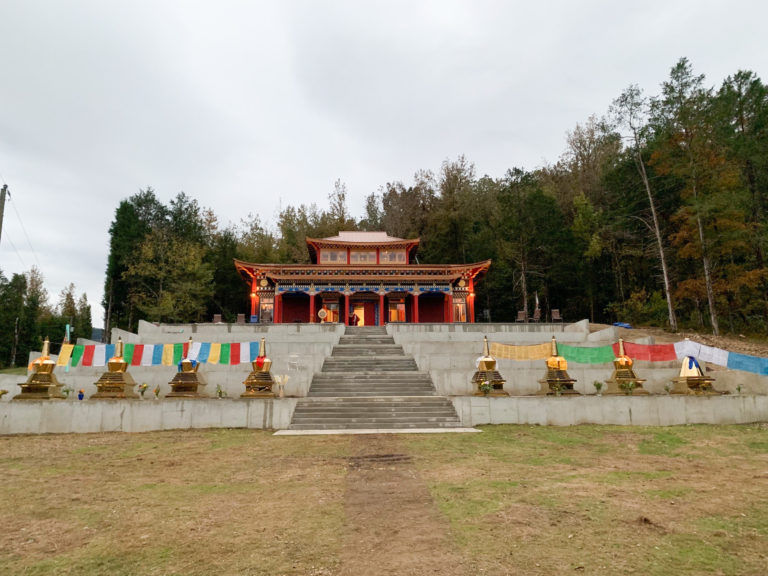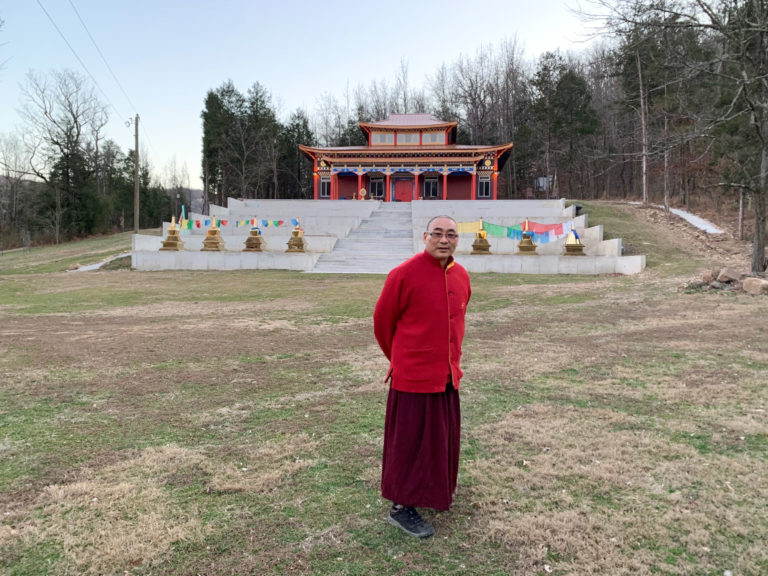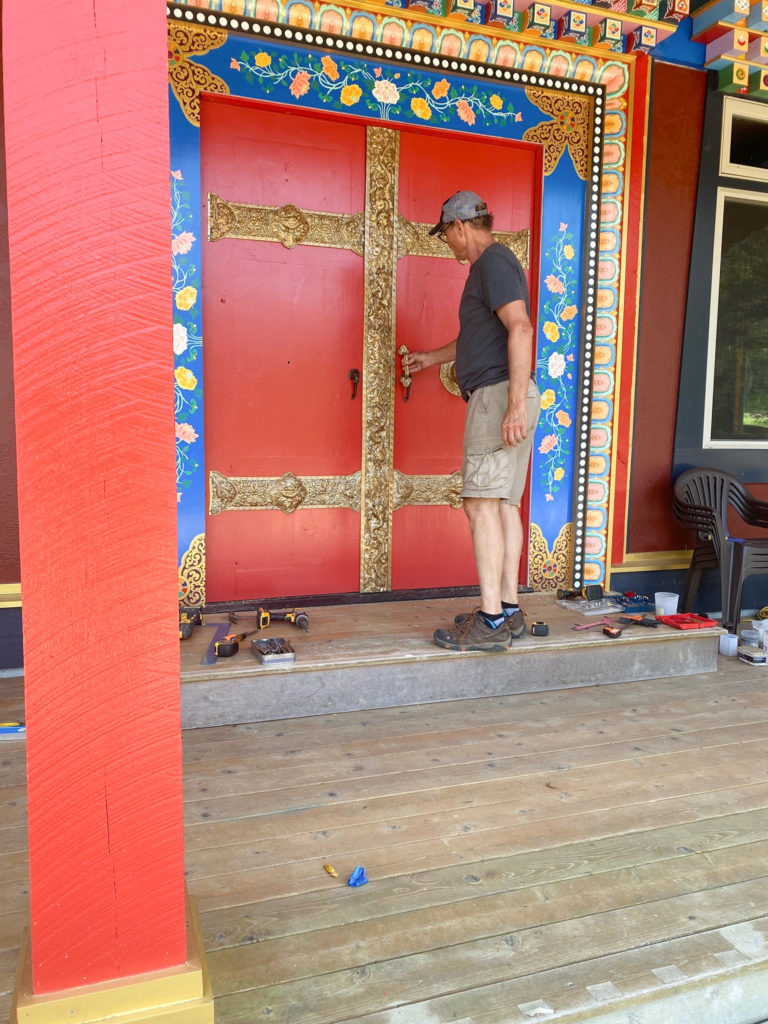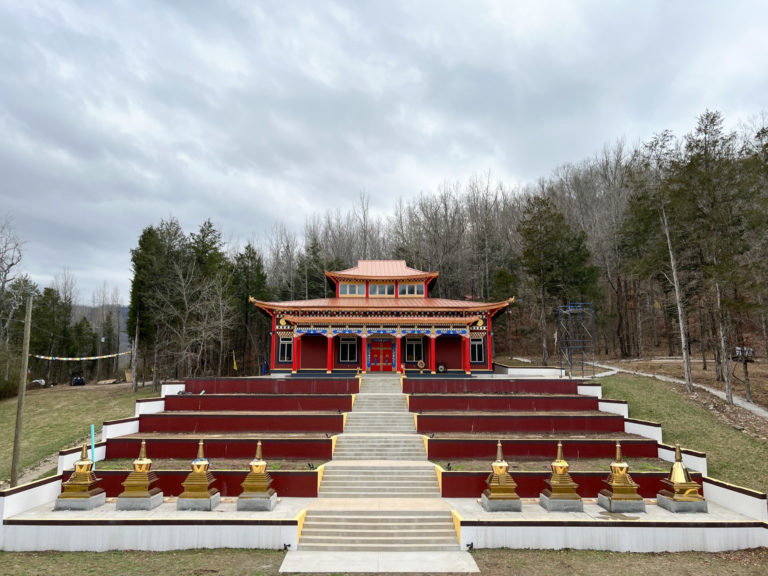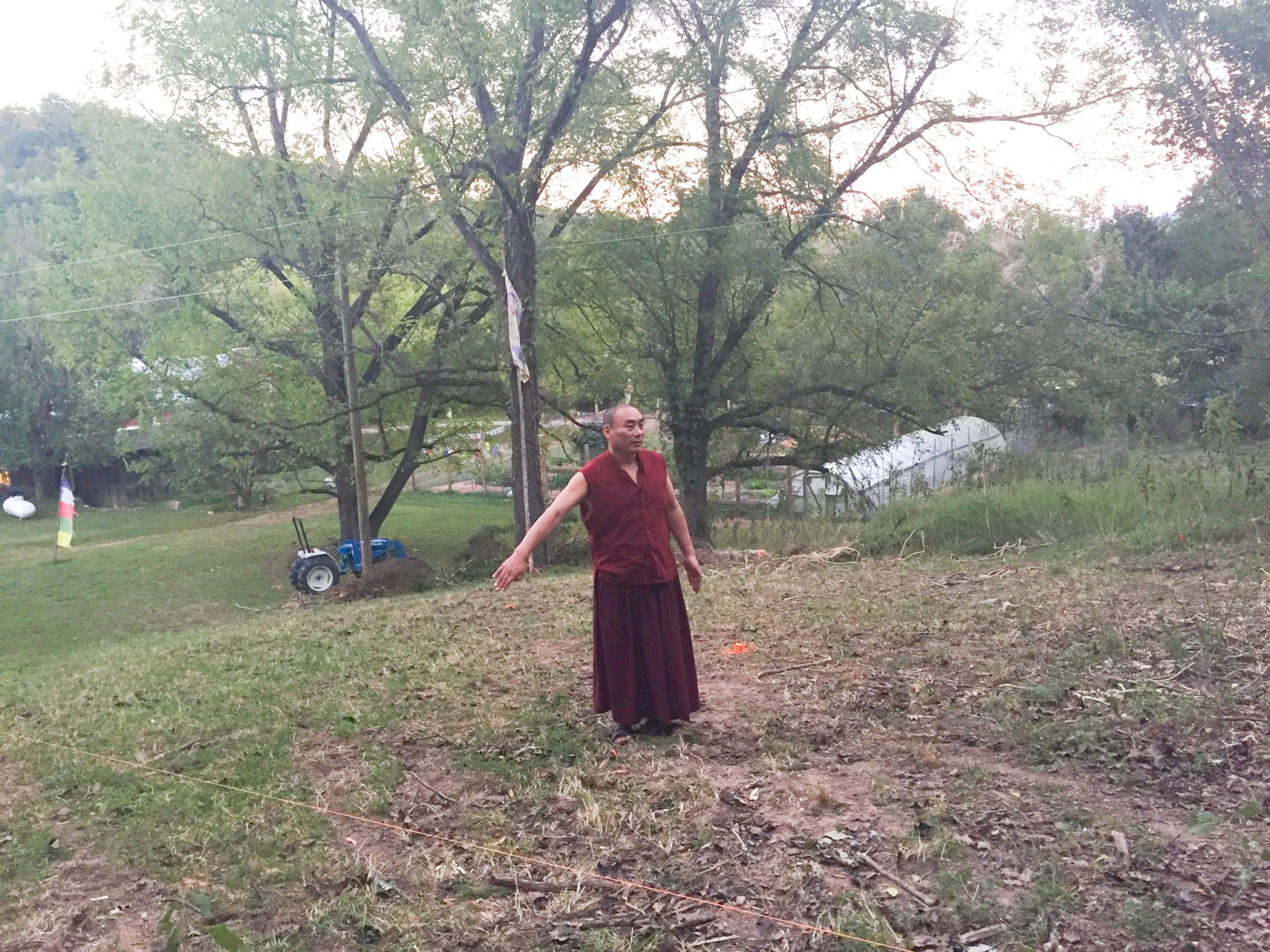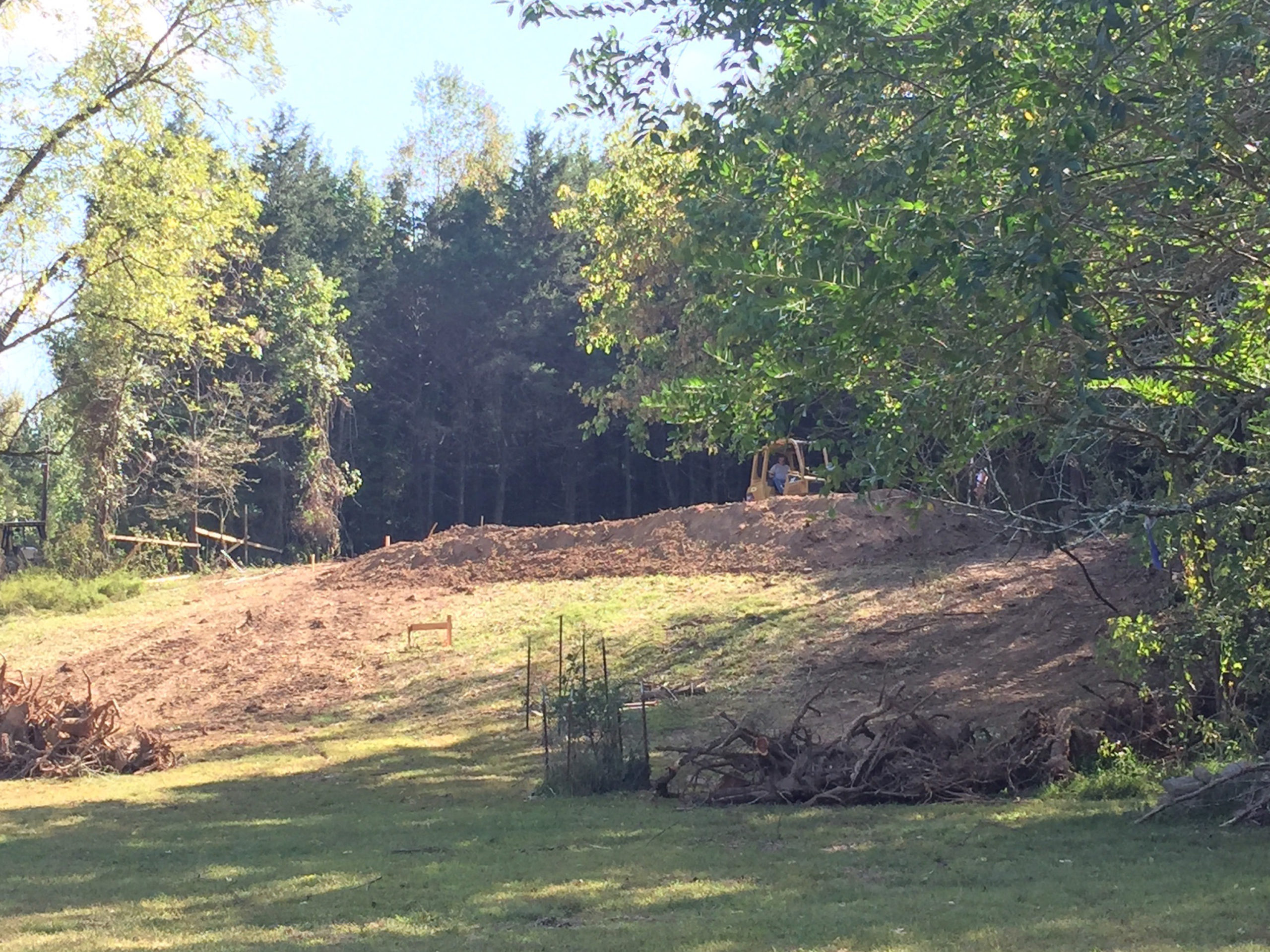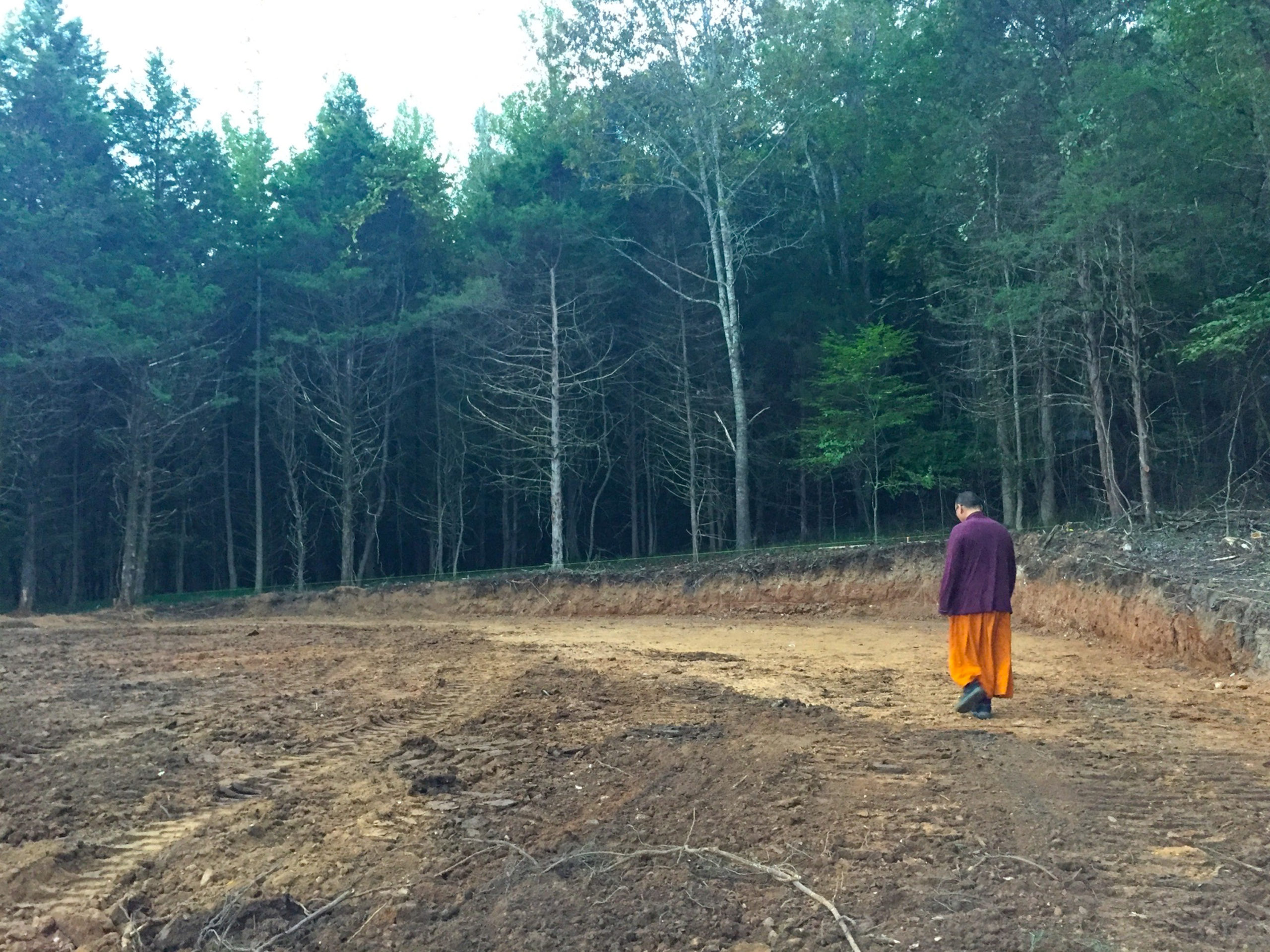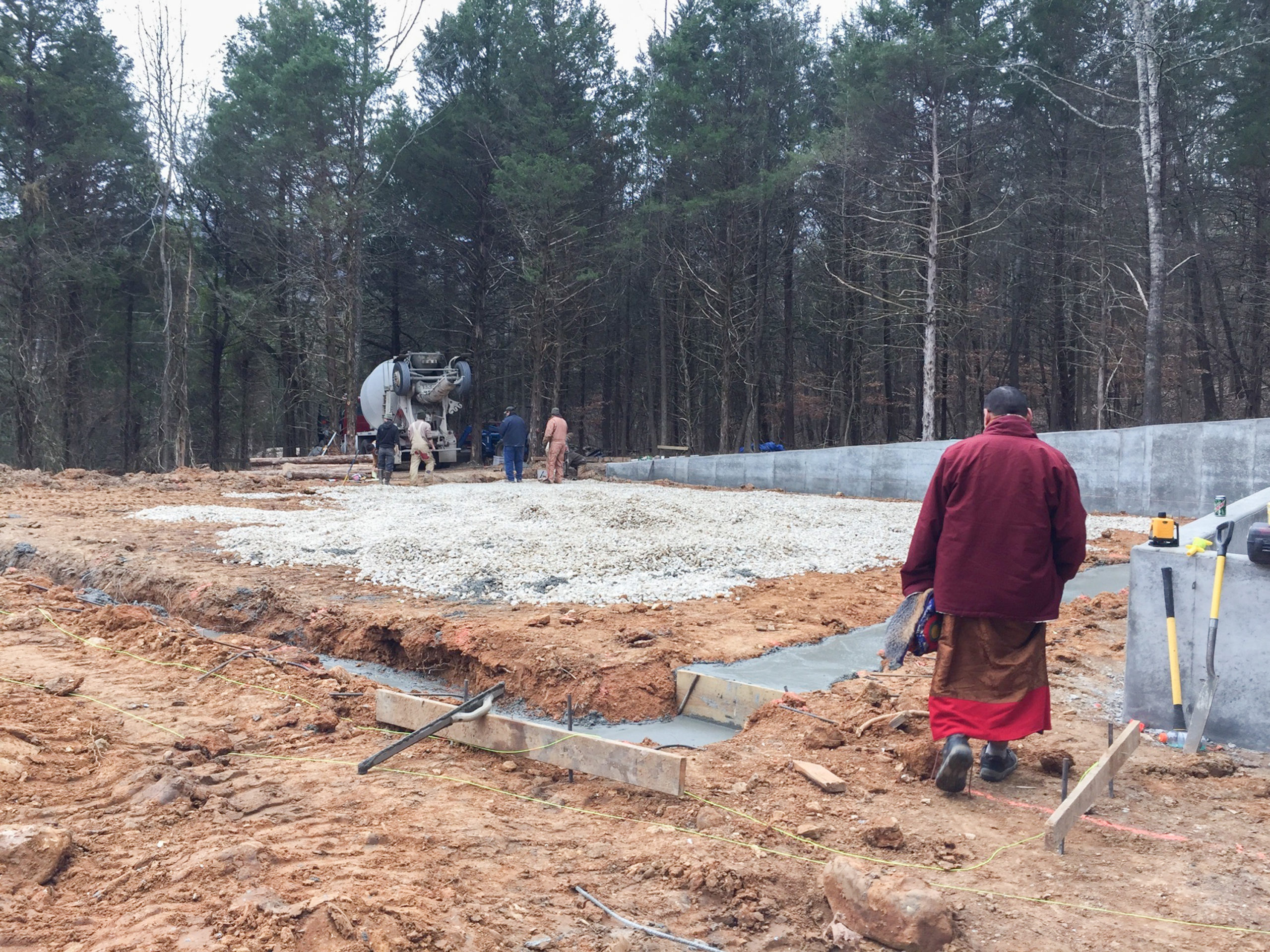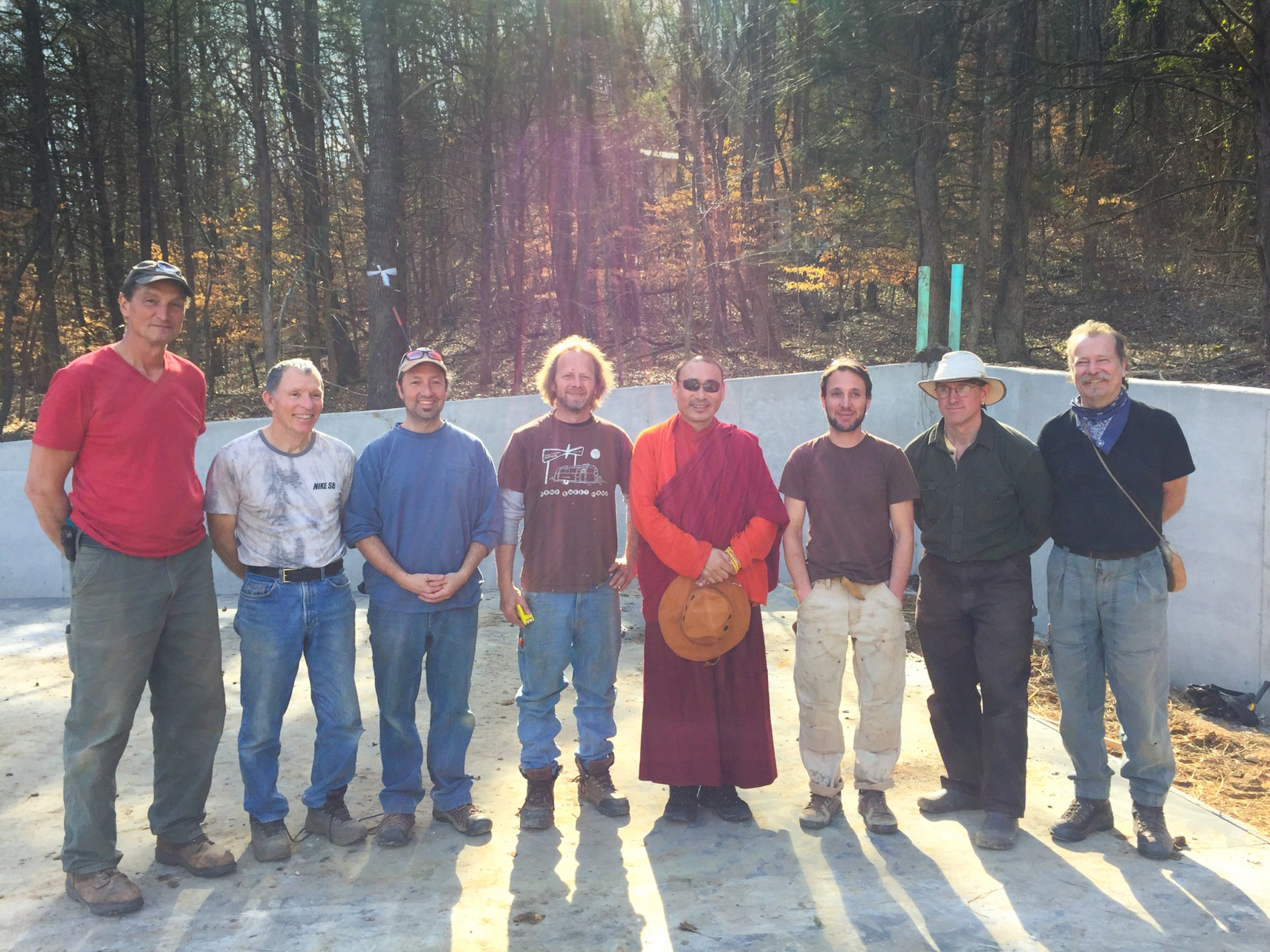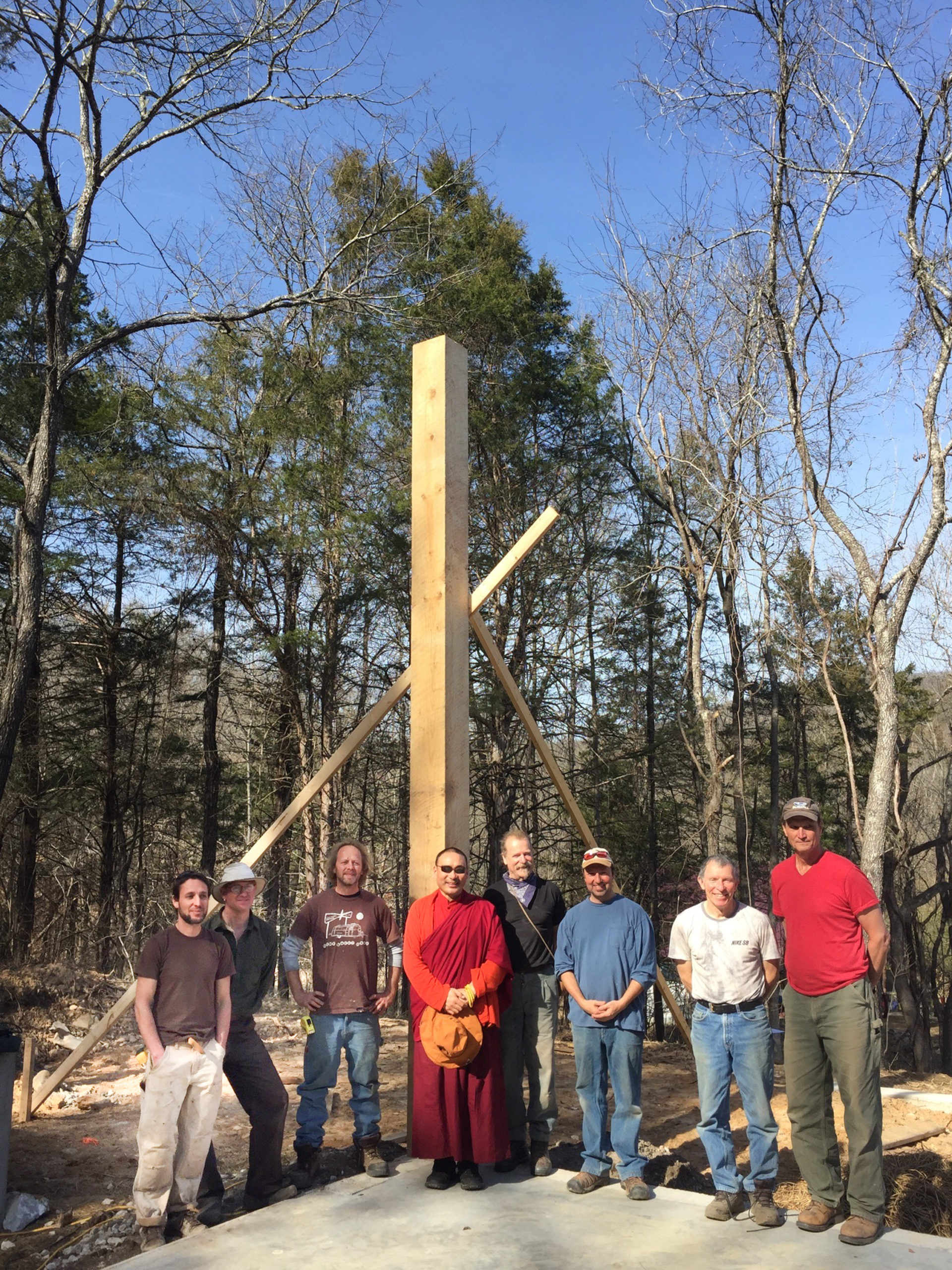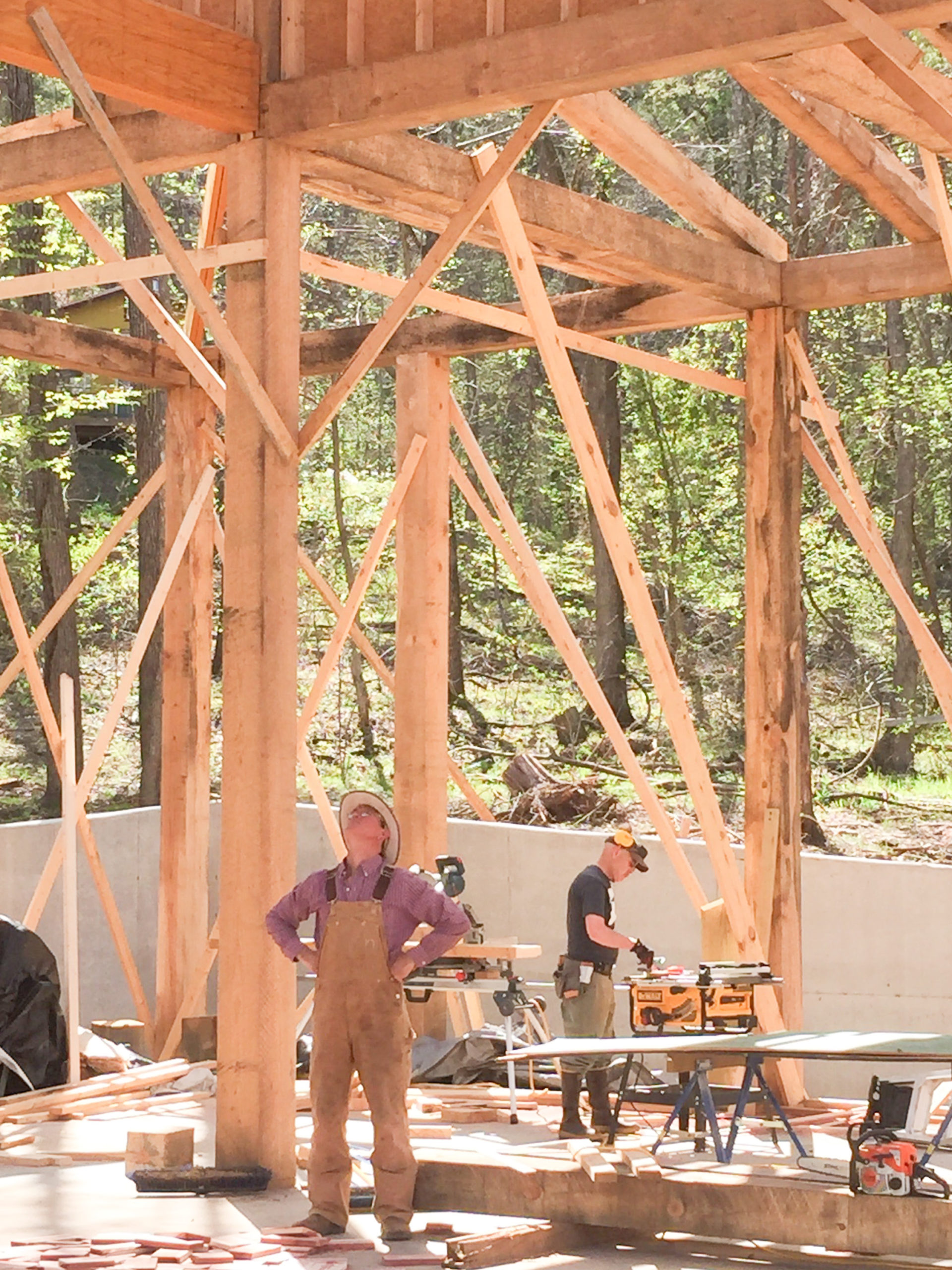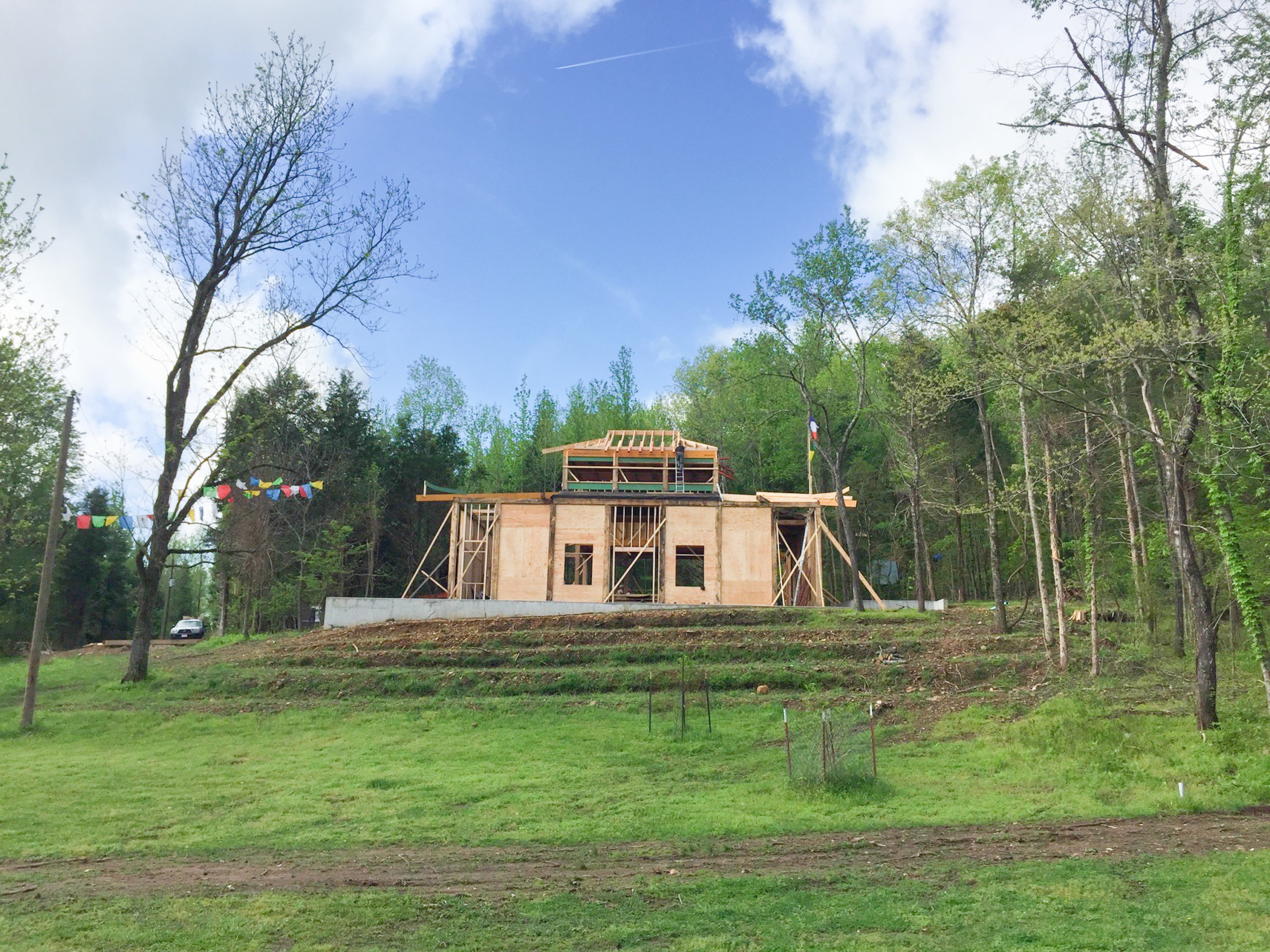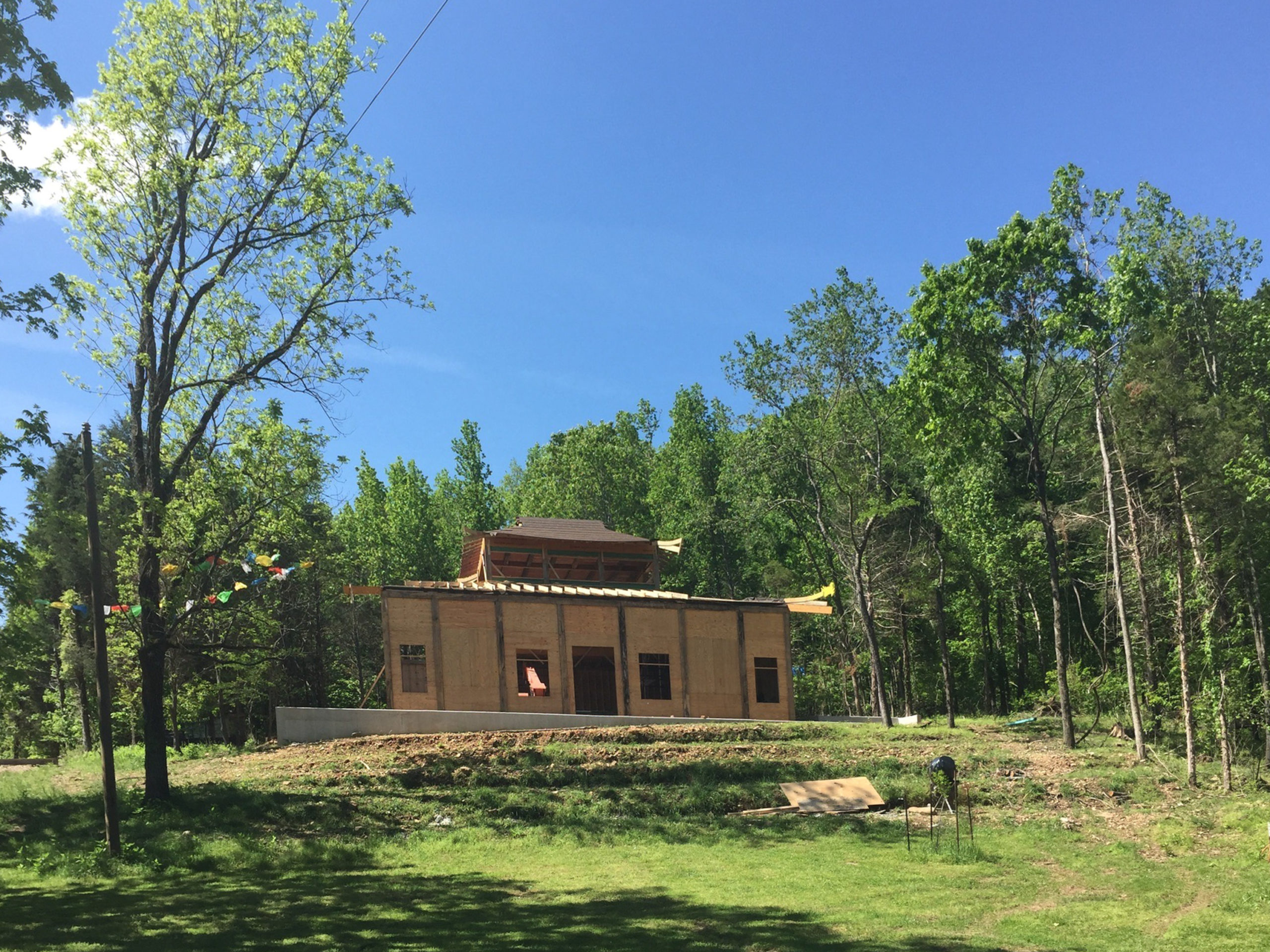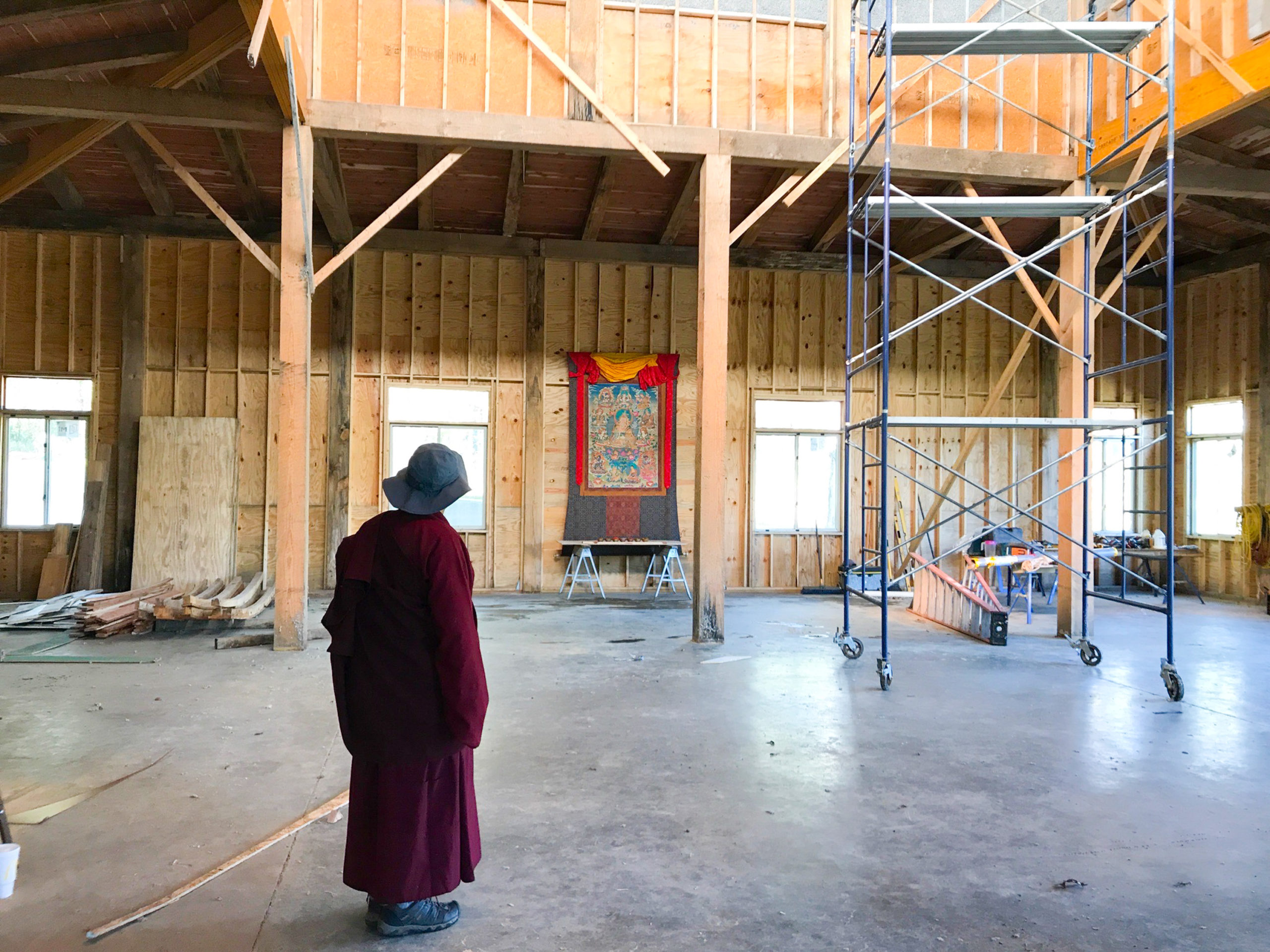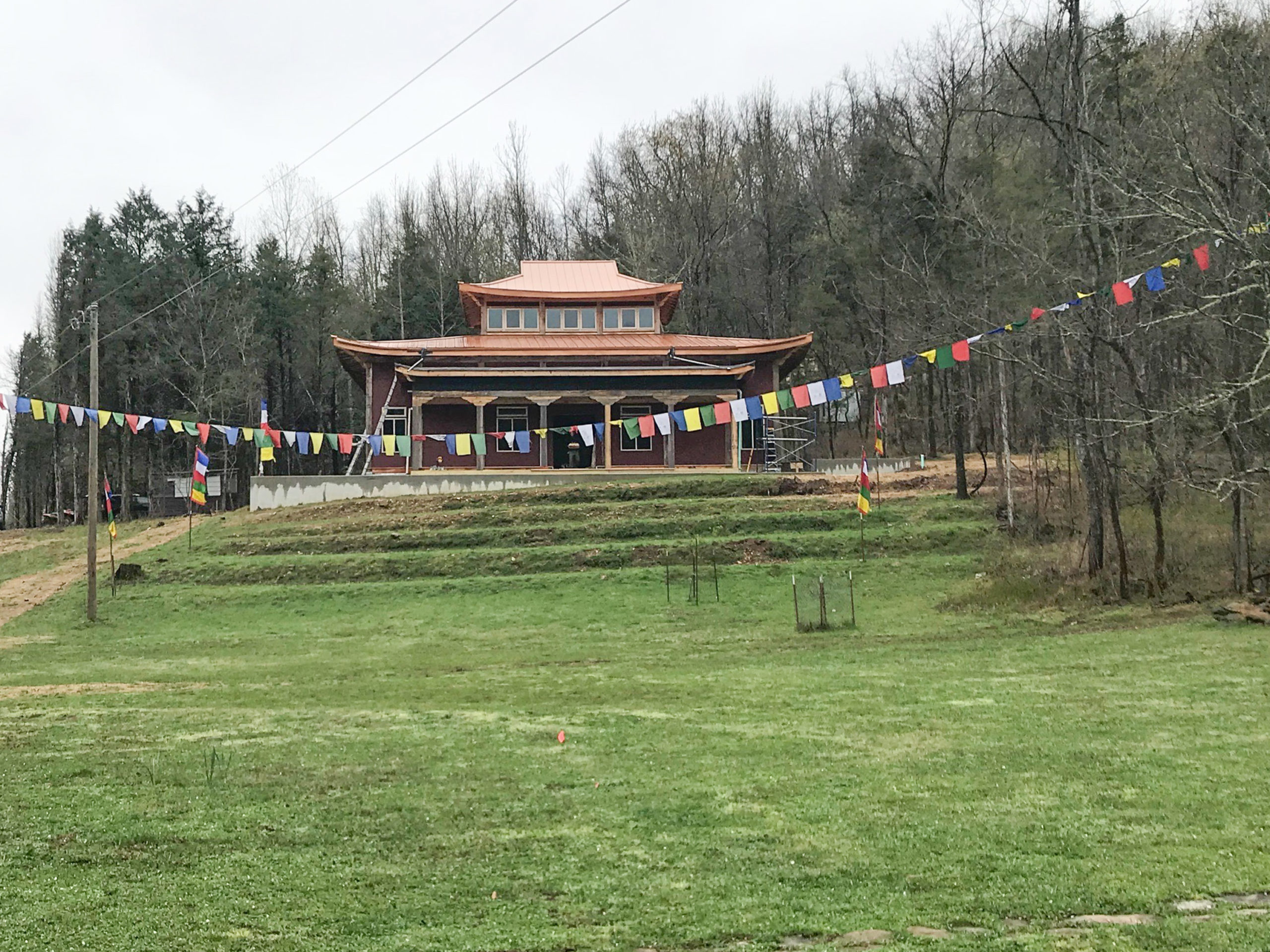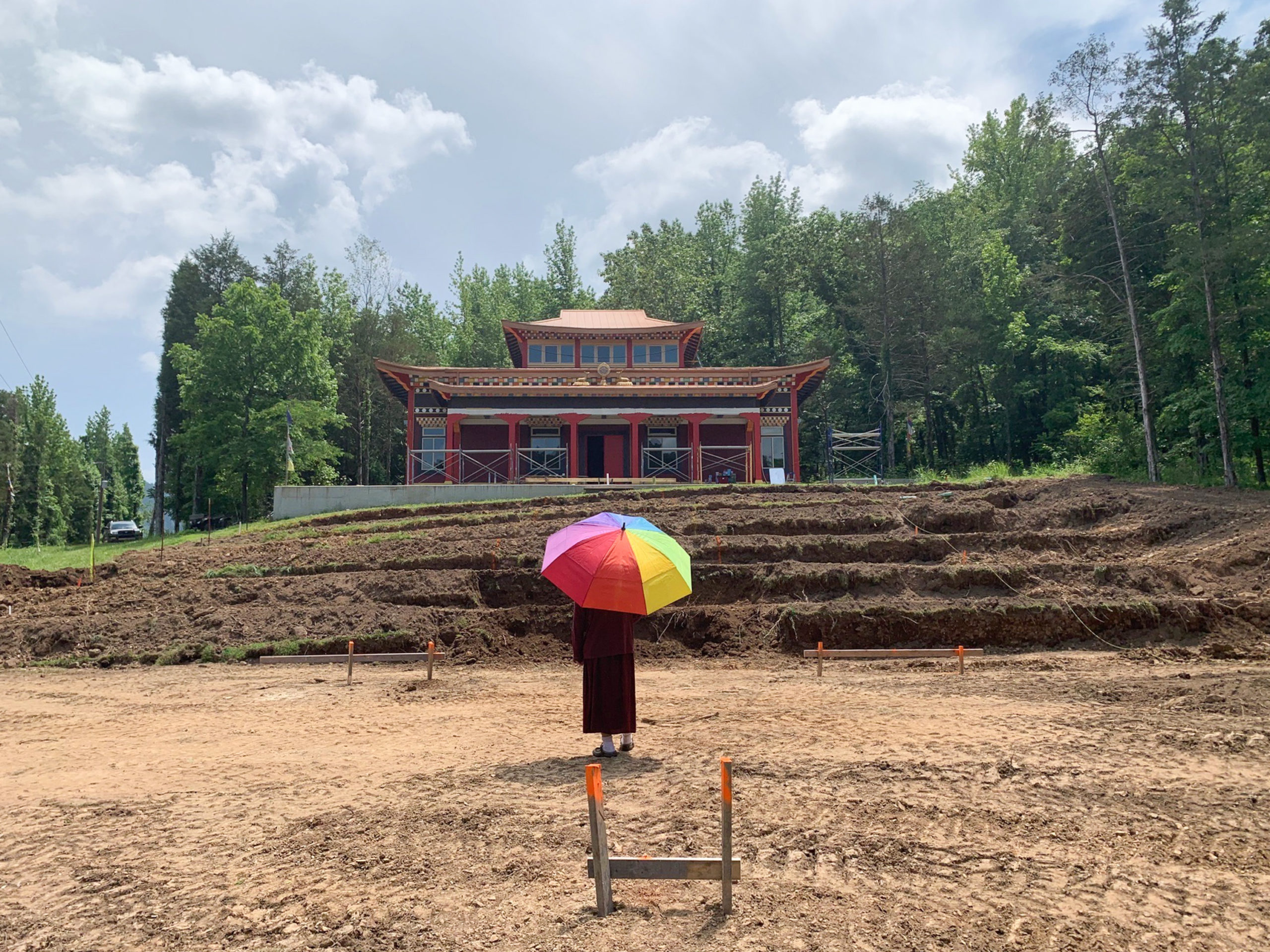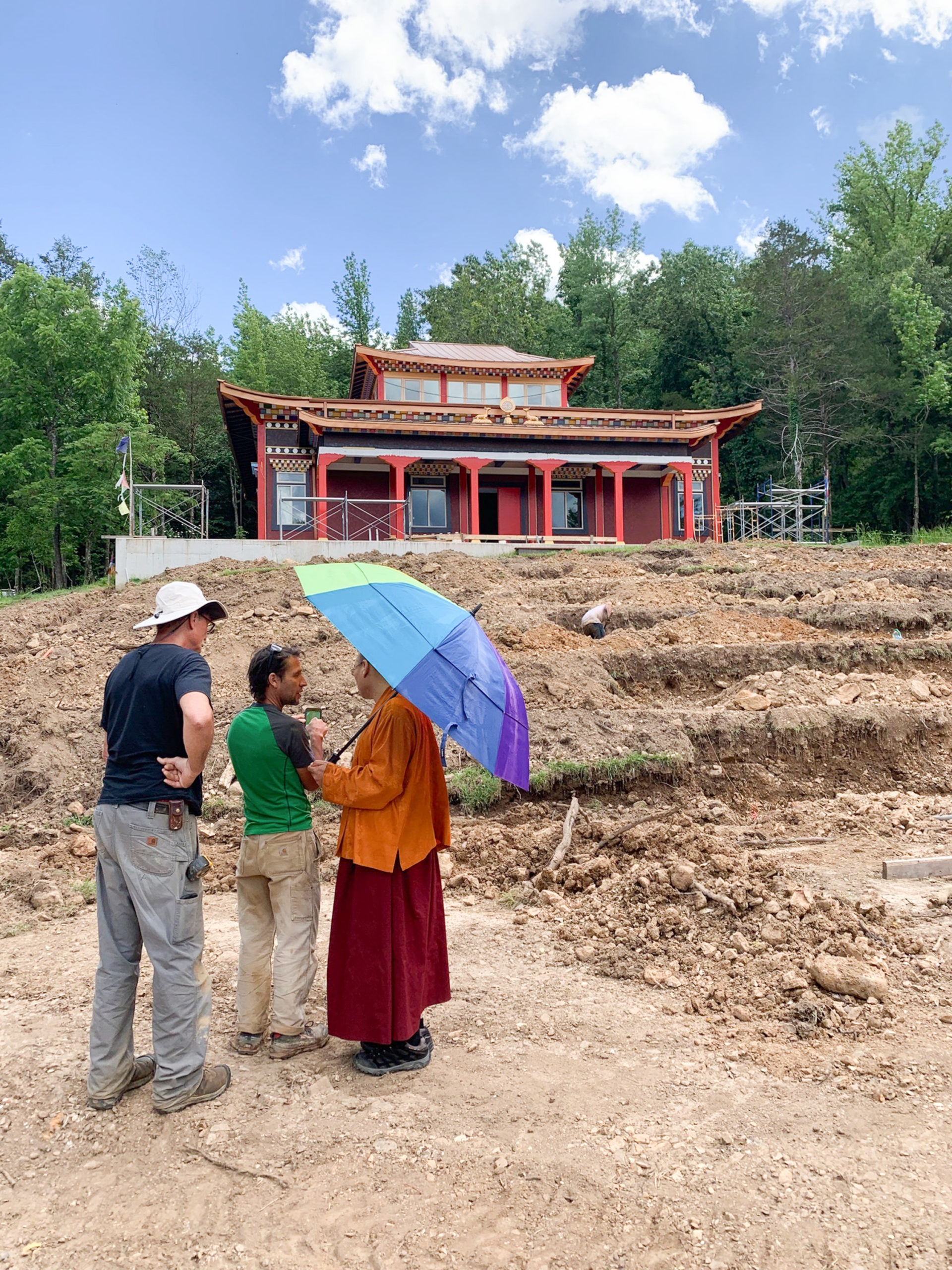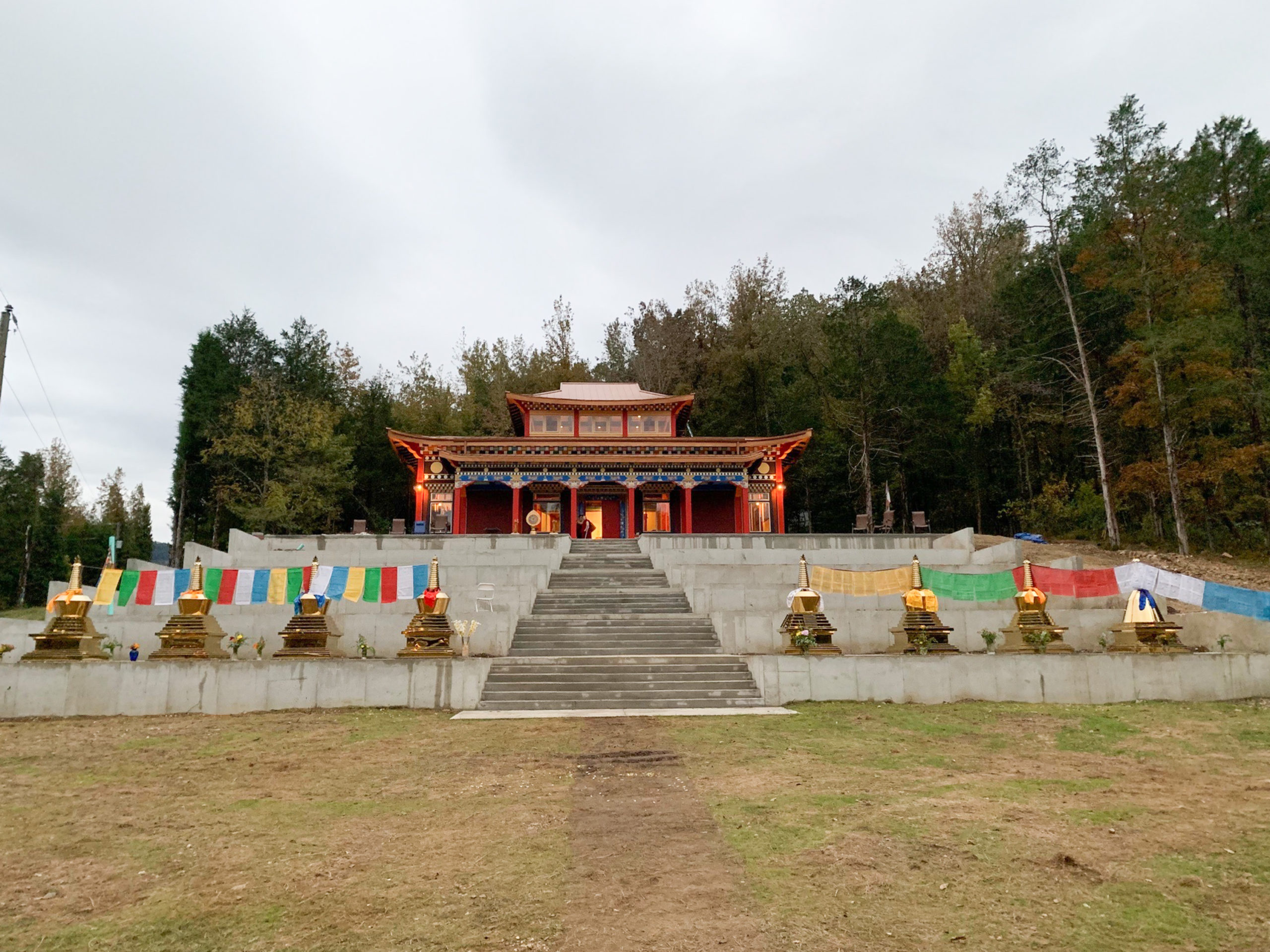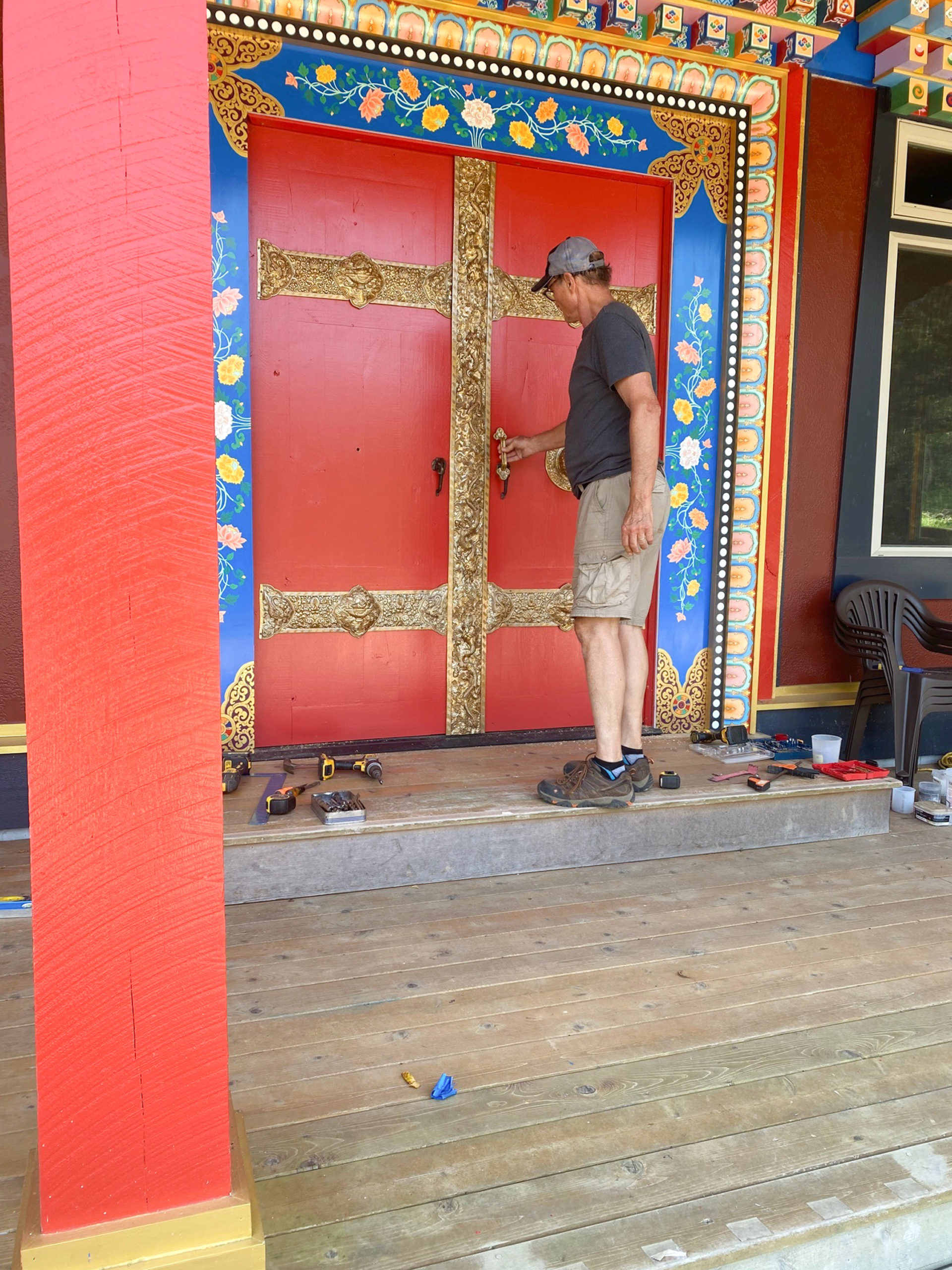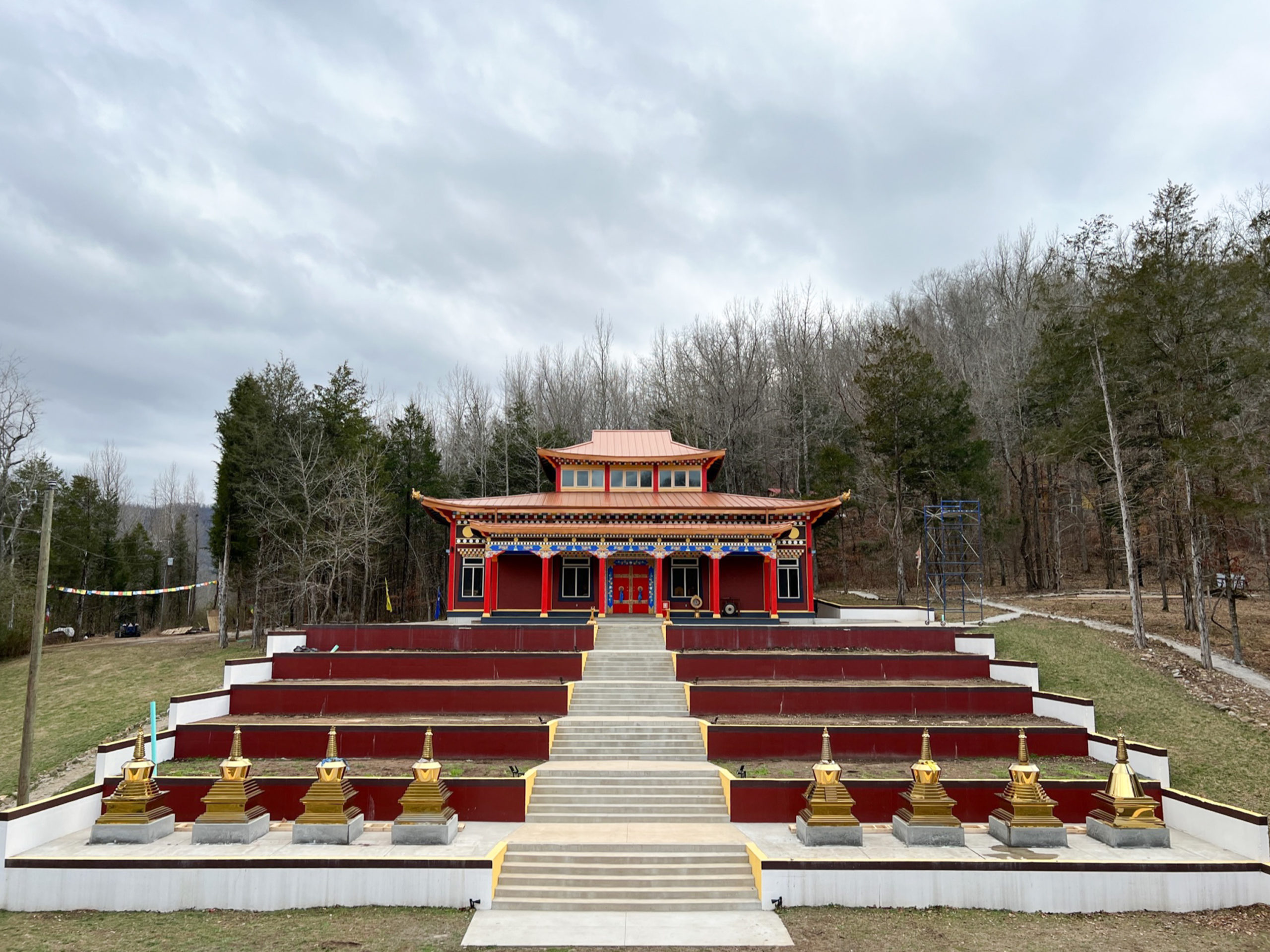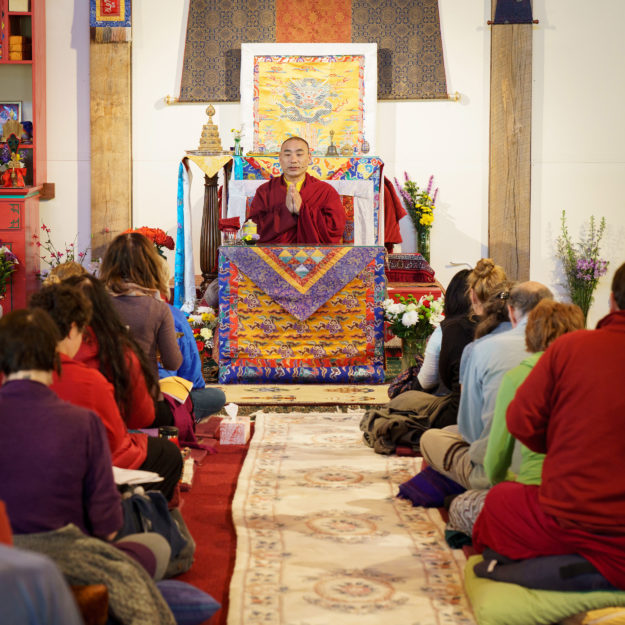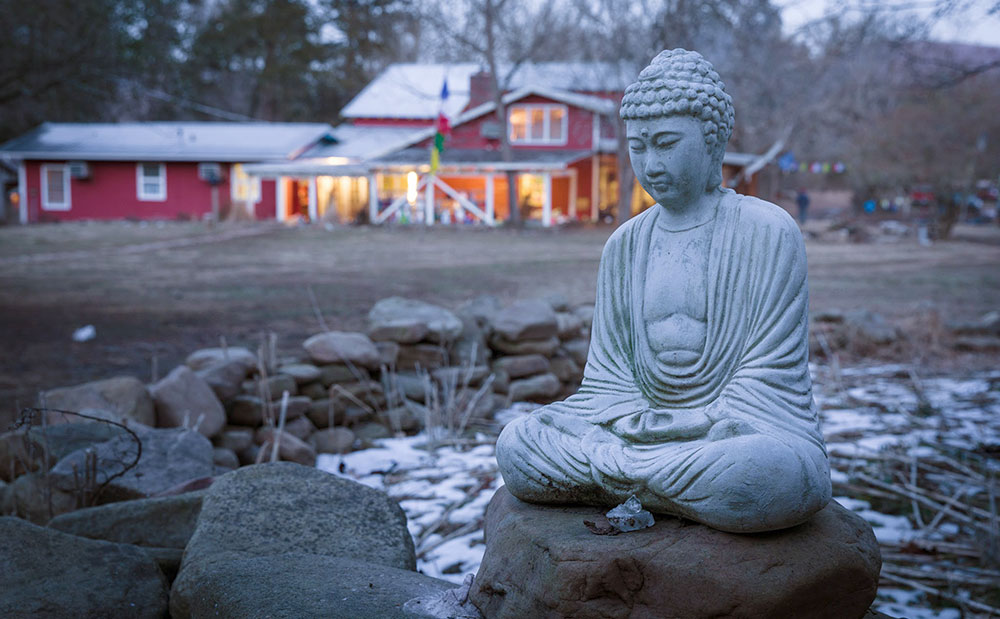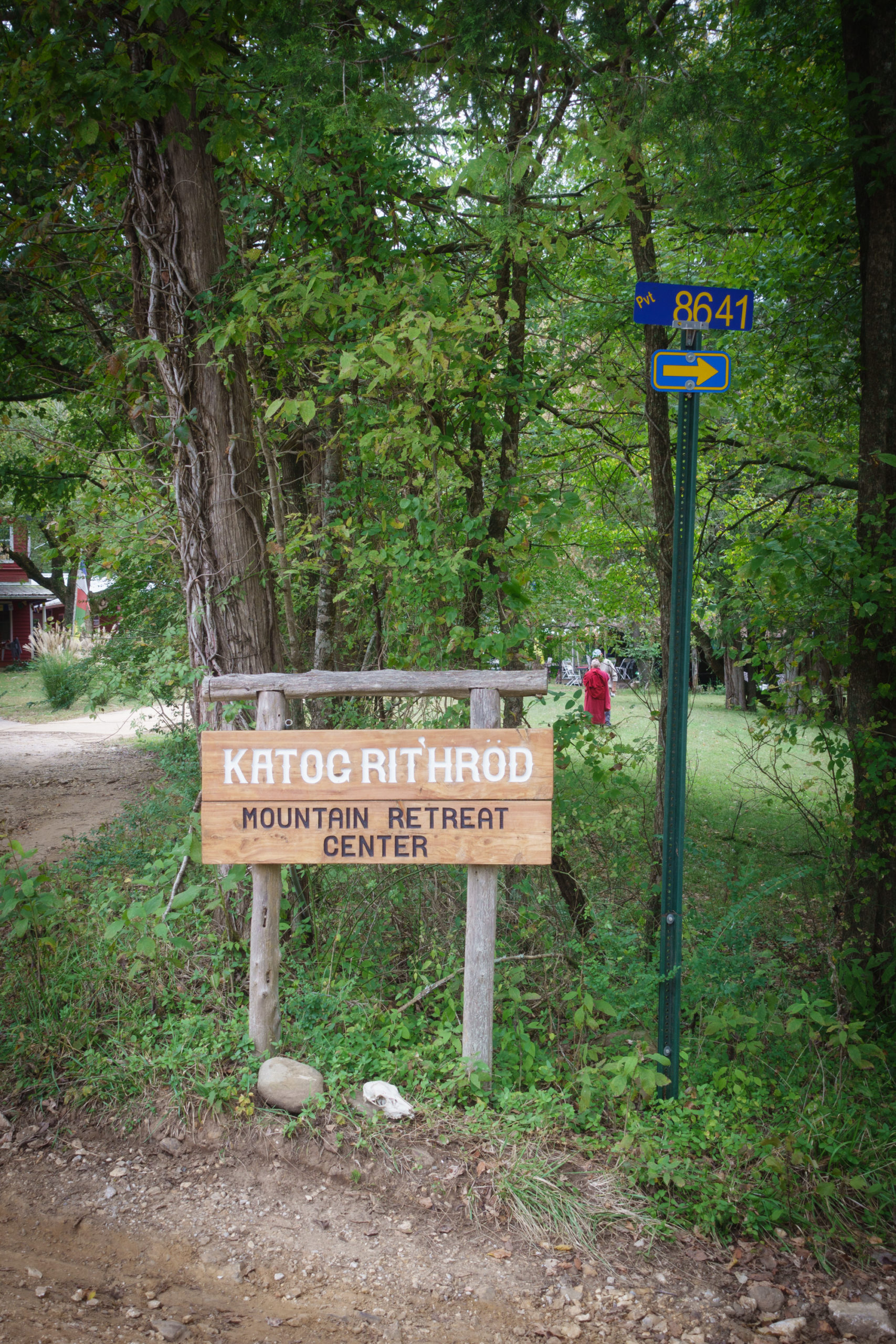Katog Rit’hröd
Katog Choling Gön Mountain Retreat Center
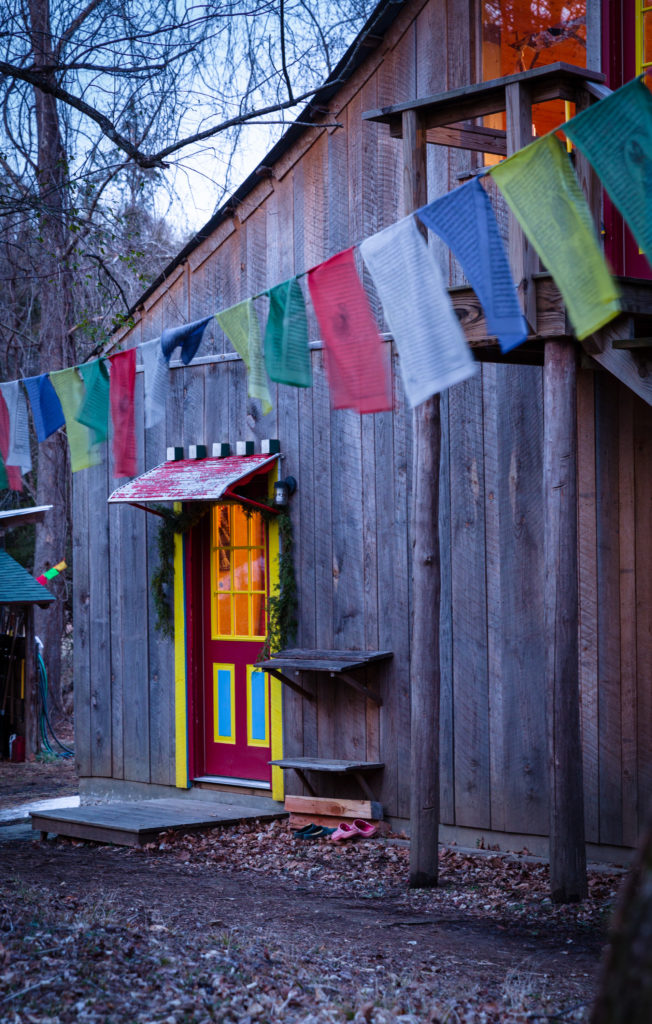
In Rinpoche’s own words:
On August 23, 2006, we found a property in the Ozark Mountains in Northwest Arkansas that had everything I had long been looking for in retreat land. This very special land contains an abundance of excellent qualities that support practice, with all of the marks and auspicious signs described in the Buddhist texts for identifying an appropriate place for retreat. It has a special shape, which indicates support for certain practices, several hills that are lovely to behold, and beautiful wooded areas, as well as waterfalls, creeks, and rivers. Numerous caves of varying sizes, ideal for accomplishing practice, can be found on the land. Everything about this quiet and remote place is pleasing.
My intentions and aspirations for the land are: to build a temple and establish representations of enlightened body, speech, and mind, such as statues and images that serve as a support for practice; to develop courses for studying Buddhist philosophy in a traditional manner, called a shedra; to initiate a three-year retreat center, called a drubdra; and to establish an area designated for meditation retreats of varying lengths, called a gomdra. This work is already underway and continues.
I have called it Katog Choling Mountain Retreat Center, shortened to Katog Rit’hröd in Tibetan. Katog is the name of our lineage, and Rit’hröd encompasses the intention for the land due to its significance and depth of meaning. Ri– means mountain, and –t’hrod is a place used for retreat practice, hence, the translation “mountain retreat center.” There are three greater meanings within this word. First, it is a quiet and remote environment endowed with mountains, water, forests, practice caves, and other naturally occurring supportive attributes. Second, it is complete with all of the outer supportive elements, including food, shelter, and water for basic living. Third, if practitioners are able to cultivate and live with little desire and greater contentment, their needs can be met in accord with the two previous qualities. If these three attributes are complete, we can call it a rit’hrod.
~ Khentrul Lodrö T’hayé Rinpoche
Katog Palace of the Secret Mantra that Guides Beings
Katog Drodul Sang Ngak Ling Potrang
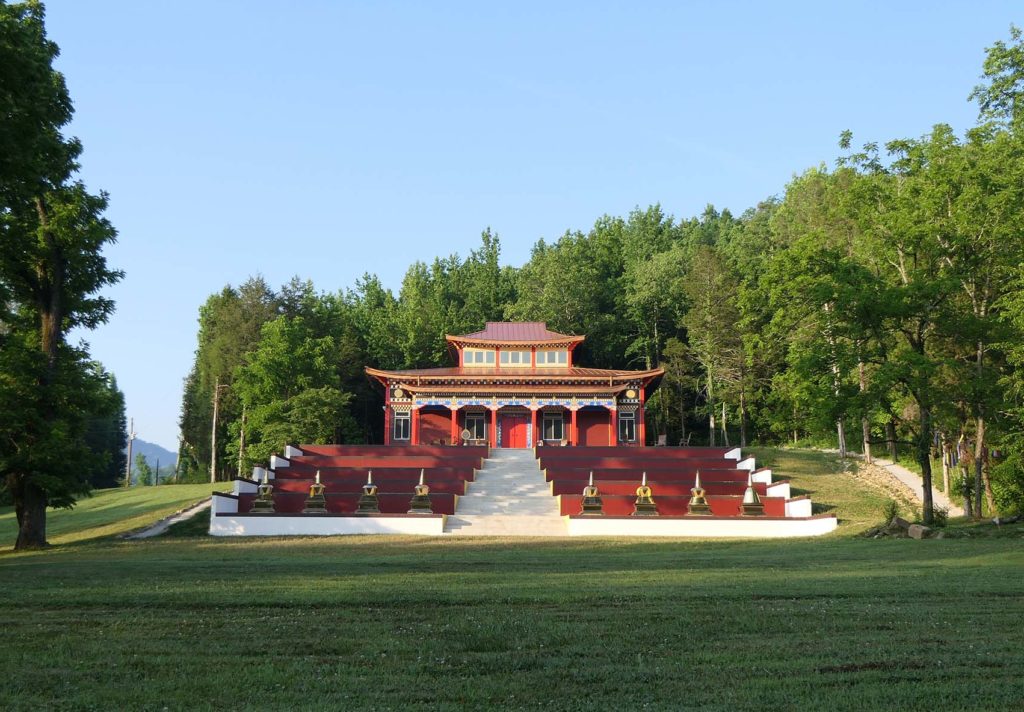
The purpose of a temple is to provide a supportive environment to receive teachings and to study, contemplate, and practice. The building, its contents, and its surroundings are designed and constructed in a manner that naturally fosters an understanding and experience of the dharma.
Over the years, as Katog Mountain Retreat center developed and grew, it became evident that we needed to provide a temple large enough for all students connected to Katog Choling to gather for teachings, meditation, ceremonial practice retreats, and other special events.
In 2016, Khentrul Rinpoche was walking the land with a student when they reached an area on the hillside overlooking the main grounds. Rinpoche knew it was a perfect location for the temple, so that same year we broke ground and began construction. Several of Khentrul Rinpoche’s skilled students have worked to design, construct, and create the artwork for the temple.
This temple is a spectacular iteration of the traditional temples found in Tibet, India, and Nepal. Its centerpiece is a ten-foot-tall statue of Guru Padmasambhava, the seminal master who brought Buddhism into Tibet. Beautifully detailed ornamentation adorns the temple with dragons, birds, flowers, and other images, which symbolize aspects of the path. The current statues, including the Buddha Shakyamuni and Padmasambhava, were filled and consecrated during the 2019 annual fall teachings. In 2020, His Holiness Katog Moksa Rinpoche graciously bestowed the temple with the name, “Katog Palace of the Secret Mantra That Guides Beings.”
Although the main shrine and other representations are yet to be completed, and the artwork is ongoing, the temple is already in use for events, weekly meditation practice, and other activities. The space is both functional and inspiring, with unique details and an overall beauty that enhances the experience of those studying, contemplating, and meditating in it.
If you wish to make a donation toward the ongoing construction, artwork, or maintenance of the temple, please do so here.
Katog Drubdra Ati Ling
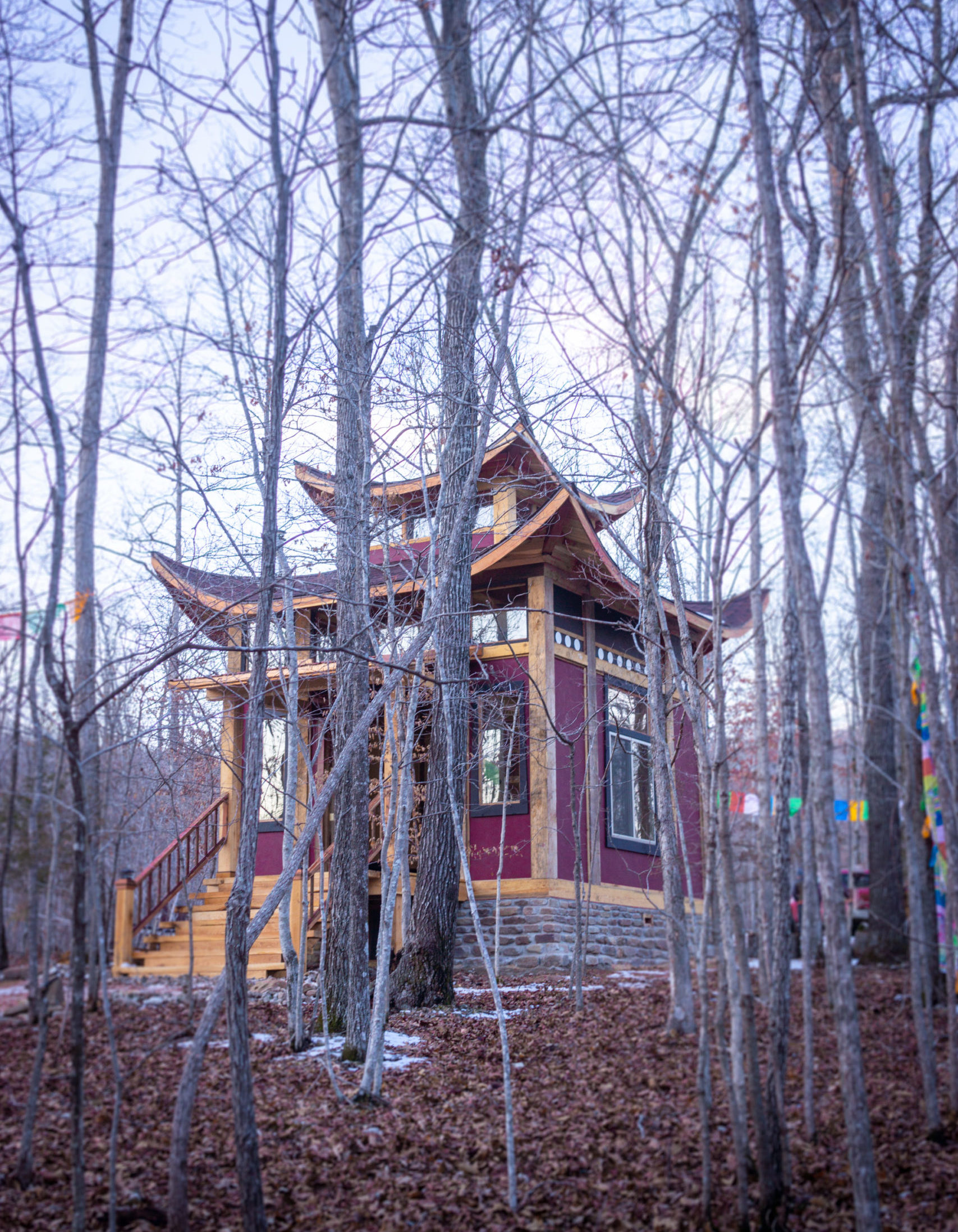
Located on the hill above Katog Rit’hrod Mountain Retreat center, Katog Drubdra Ati Ling is a traditional three-year, three-month meditation retreat in the Nyingma tradition. Called a drubdra in Tibetan, this three-year traditional meditation retreat is undertaken by serious practitioners who wish to devote themselves entirely to practicing the path following the core teachings and practices of the Nyingma tradition. These intensive retreats are led by the retreat master, Khentrul Lodrö T’hayé Rinpoche, who guides practitioners through a series of practices and trainings.
The inaugural Katog Drubdra Ati Ling retreat began in 2011 in private cabins. In 2014, after the first retreat was completed, eight acres were donated in a remote and quiet place on the hill above the main Katog Rit’hrod retreat center property. A temple and four simple, off-grid cabins were constructed, which supported the second three-year retreat. Now a third three-year retreat is in progress in the same location.
During periods between three-year retreats, the cabins and temple at the Ati Ling retreat center may be used for short, personal retreats.
Those wishing to undertake the traditional three-year retreat must be close, long-term students of Khentrul Rinpoche who have completed the appropriate prerequisites. There is no formal application process provided to the public. If you are interested in learning more about retreat practice in general, please review our “How to Practice” study guides.
If you wish to foster interdependence with the long-term retreat center and the practitioners there, you are welcome to make a donation to Katog Drubdra Ati Ling. These donations may be used for temple and cabin maintenance, shrine offerings such as butter lamps, and retreat support in general. If you wish, you may also specify your preferred use of offerings.


